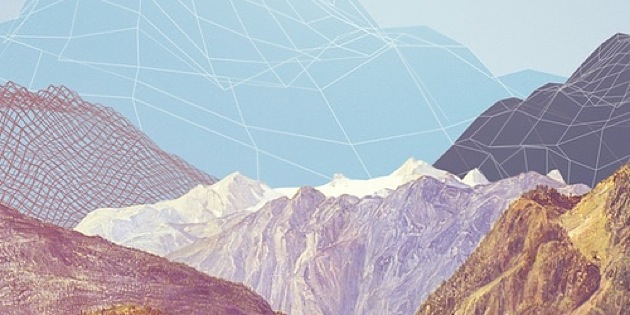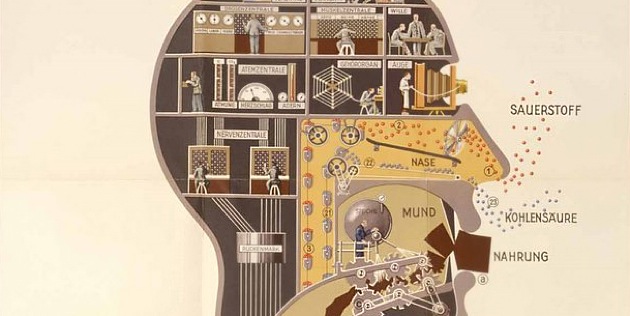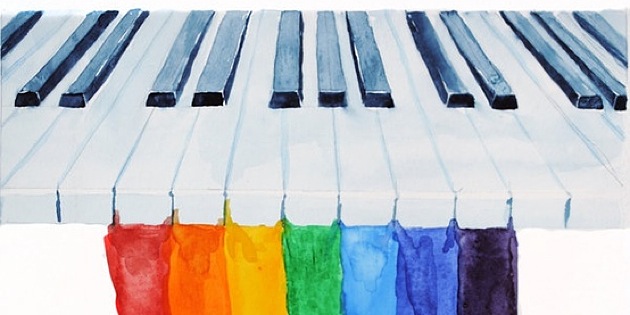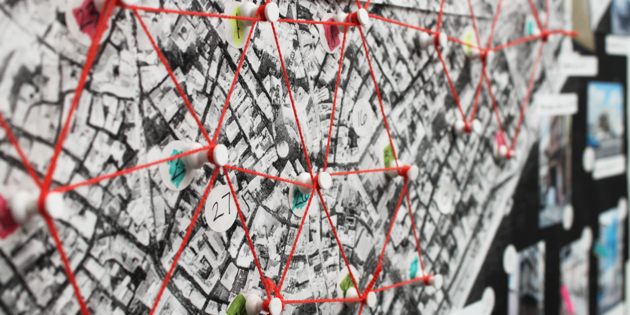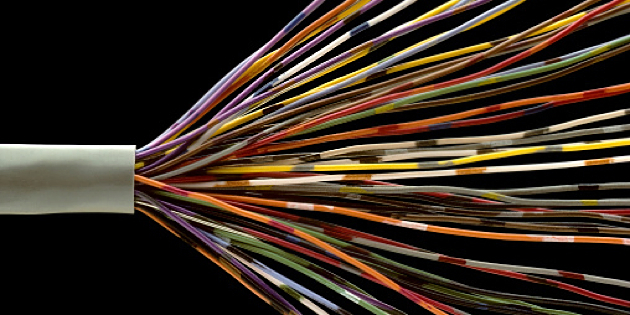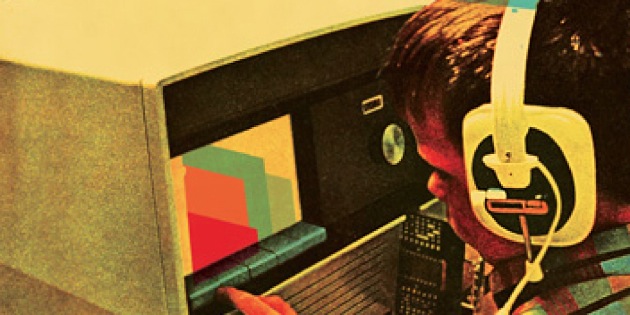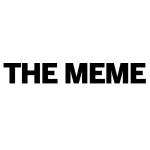One of the best things about user experience design is that the consumer products and services it helps to crystallize are always evolving. With that level of change comes all sorts of speculation about the future.
Speculating is fun. Looking back on 2012 we saw a year brimming with innovations and ideas that set the stage for what we are likely to see in 2013. With that, here are some trends and concepts that we see setting the stage for this year’s coming advancements in user experience.
Downsampling
The Onion hit it spot-on when they joked that 90% of our waking lives are spent staring at glowing rectangles. Along with more screens in our lives, the volume and intensity of information that passes through these rectangles has also been increasing: more widgets, more animations, more feeds, more dimensions, more data. In 2013 we envision a counterbalancing trend towards digital abstractions—a compressive reduction of dense information sets into radically simplified communications and visualizations.
Little Printer skims headlines from your online feeds and spits them out as low-fi ticker tape for your bedside. Robotify.me creates a personalized avatar that morphs based on the quantity, quality, and content of your aggregated social media activity. And the lovably crude, Etch A Sketch-esque PopSlate case uses e-ink to display simplified content pulled from your smartphone on the backside of the device. This year, look for technology that pares down functionality and operates at the edge, rather than the center of your attention.
Foodism
Food has replaced art as high culture. We pay top dollar for the local, the organic, and the sustainable. We debate the finer points of terroir. We take pictures of our food and ogle glistening food porn provided by Epicurious and Evernote Food. Whole Foods and other premium grocers are expanding at a breakneck rate.
This year, specialized products, processes, and mobile applications will catalyze new levels of culinary geekiness. Look for more hyper-specialization, more exhaustive documentation, and more unique combinations of foods. In the home, look for continued professional aspiration and more high-tech tools in the kitchen as enhanced tools for measurement, timing, and sensing become standard components of cooktops and countertops. UX design will play a major role in shaping the character of interactions within this wired kitchen ecosystem.
Quantifed Ambition
“How to win friends and influence people” has been the core ambition of go-getters since Dale Carnegie’s influential 1936 book of the same name hit shelves. In 2013, it’s all about data-driven, quantified goal-setting and achievement. How popular and influential are you? Applications like Klout and Traakr assign you an “Influencer Score” based on your social media presence. How effective are your communication habits? You can use Google’s new email analytics tool to see how long you take to respond to people. With widespread public health problems stemming from poor nutrition and exercise habits, consumer technologies like Nike’s Fuelband, Jawbone, and Wii and Kinect games are also becoming key tools for lifestyle changes and improved personal fitness. A spirit of gamification will make measuring, analyzing, and optimizing your habits and behaviors more fun than ever.
Augmented Dialogue
Mobile tech has already stepped in to help us search and discover, navigate, and buy stuff. This year, look for app-assisted conversations. Missing social cues? Don’t know what to say, where to stand, or when to look away? Smartphones will help you navigate the unstable terrain of interpersonal dialogue. Can’t remember the name of that celebrity? Speech-recognition apps like Mindmeld listen to your conversations and recommend related info and content in real time.
Google wants to join the party too (not crash it) with plans to use voice and gestural inputs to make it easier to look up facts without violating dinner table etiquette. In 2013 we’re going to continue to outsource rather than improve our abilities, with mobile tech taking up the slack.
Sensory Bandwidth
In 2012, a rise in texting-while-walking accidents highlighted the absurd perils of mobile computing. We’re increasingly tapping into sensory reserves to juggle the virtual world and the real world at the same time. Voice control, with its potential to free up screen-strained eyes, surged last year with Apple’s integration of Siri in iOS5, and has been rolled out in many mobile phones, TVs, and in-vehicle systems.
Audio outputs are growing too, especially for use in the car, with services like Aha Radio that reads feeds from the web aloud. But the auditory channel isn’t the only sensory channel with available bandwidth. Vibration and sense of touch are also being explored, particularly as a way of getting navigational directions while biking or walking, or getting tactile caller ID information without looking at the phone. In 2013, look for non-visual interfaces, especially those created for people with disabilities, to gain widespread traction as tools for mobile computing.
Agile Economies
Last year we saw a growing tension emerging between the static, stable, tax-paying substructure of urban businesses, and the networks of mobile opportunists that exploit its legal and spatial margins. Big cities draw a fairly firm distinction between a house and a hotel, but Airbnb’s entire business is based on obscuring that line, angering hoteliers and local residents. Restaurants, too, are fighting back against the rising tide of gourmet food trucks that siphon away customers without paying taxes.
Even the public street is being monetized, as companies like Parking Auction try to help drivers auction high-demand parking spaces before leaving. In 2013, we see even more granular capitalization of the public sphere, as open space and free time are put to work through innovative service technologies.
Faceted Video
In the vast intermeshed soup of hyperlinked Internet content, videos are the big, irreducible meaty chunks. They are heavy to move around, impenetrable to search, clumsily bracketed off by pause and play buttons, and still relatively hard to spread, embed, and remix. In 2013, look for new ways of breaking down, chopping up, and sharing video content.
Key indicators? The GIF—reemerged from its 1980s cryostasis as the format of choice for spreading Gangnam Style reenactments and other cool stuff—has officially been verbed by the Oxford dictionary. Apps for iPhone, like Cinemagram and Flixel, have popularized the image-video hybrid, or cinemagraph format. And with speech-to-text and audio recognition technologies like Shazam for TV and Google’s auto closed-captioning continue to advance, we can also expect greater video searchability as well as more ways to link video to the rest of the web.
RetroFuturism
As the objects of consumer technology literally disappear from our lives—becoming thinner, lighter, more invisible, and more seamlessly integrated—we’ve seen a resurgent and even nostalgic interest in the artifacts of technological physicality. But we don’t actually want the clunky old things. We want it both ways.
In 2012 we saw the explosion of Instagram, offering 1970s-era film patina instantly layered onto your 8 megapixel iPhone snaps. In fashion, the industrial neon futurism of Prada’s fall 2012 lookbook is a fine example. In music, everything from 8-bit Chiptune soundscapes to 90’s-era 808 drum kits to analogue synthesizers demonstrate how Pop and Electronic ideals continued to aestheticize the idiosyncratic sounds of 20th century production tools. In 2013, look for product design to join in this anterior gaze, as the history of technology becomes as important as its future.


